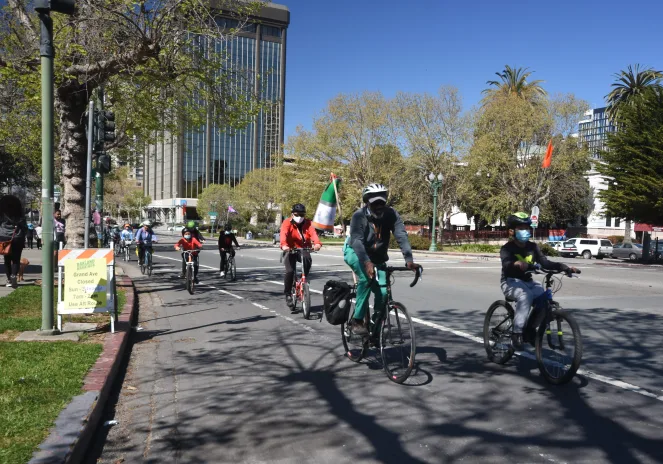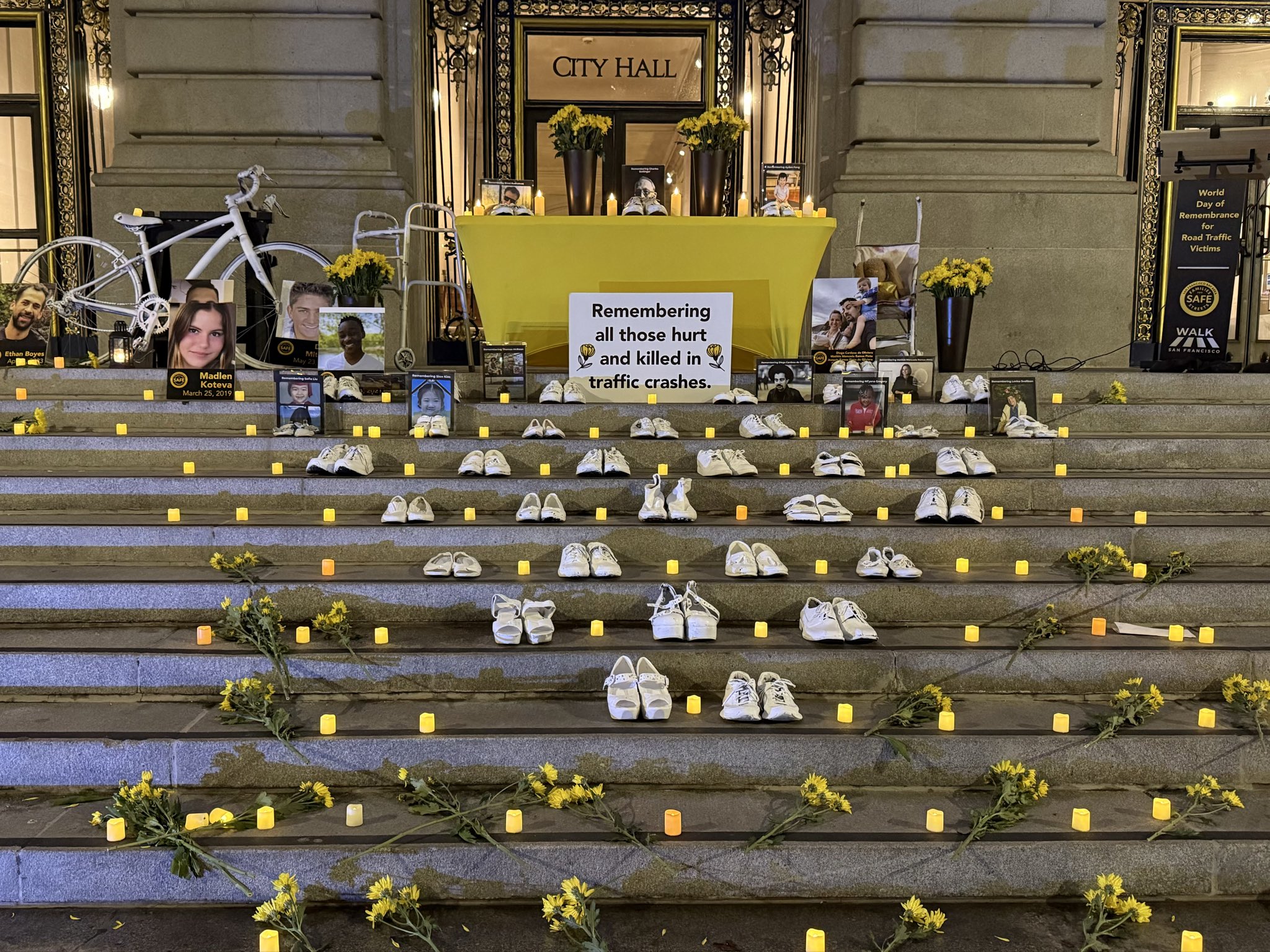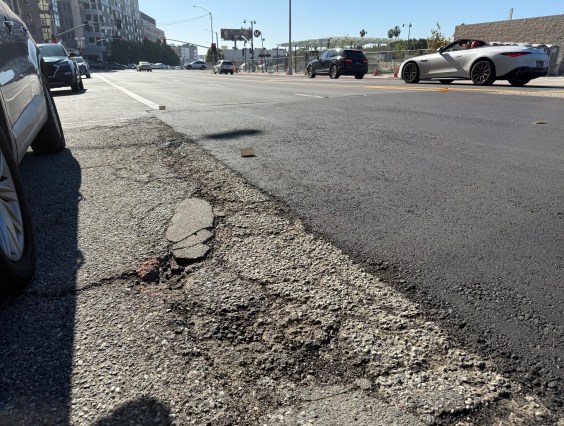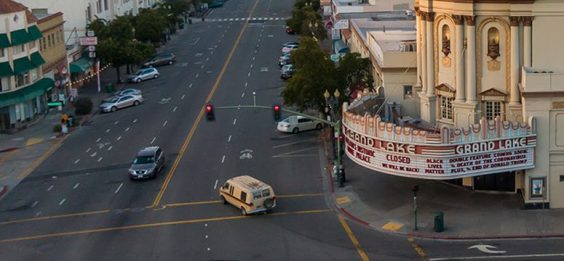Note: GJEL Accident Attorneys regularly sponsors coverage on Streetsblog San Francisco and Streetsblog California. Unless noted in the story, GJEL Accident Attorneys is not consulted for the content or editorial direction of the sponsored content.
For fifty years, the scrappy advocates at Bike East Bay have been fighting for safer bike infrastructure from Antioch to Oakland, from Berkeley to Fremont, from Hayward to Richmond, and everywhere in between. The group partners with other local advocacy groups, such as Walk Bike Berkeley, Bike Walk Alameda, Rich City Rides, and even the Marin County Bicycle Coalition, to help make safer streets in a ginormous region. And they help educate cyclists, drivers, and everybody else who will listen with regular classes and outreach efforts.
Sunday afternoon the group held a celebratory 50th anniversary ride around Lake Merritt. It's a fitting route, because if not for Bike East Bay, it's unlikely there would be any bike lanes around Lake Merritt, let alone the protected section on Lakeside, which the group is fighting hard to have expanded.
Congratulations @BikeEastBay for 50 years of advocating for a clean, green, and fun bicycle transportation network in Oakland and the region! https://t.co/40dMnCKSik
— Libby Schaaf (@LibbySchaaf) March 20, 2022
From Bike East Bay's 40th anniversary publication, a note about its founding, when it was still called the East Bay Bicycle Coalition:
1972 EBBC is founded. On March 9, Oakland city planner Alexander Zuckerman and Seiji Kawamura, president of the Grizzly Pedal Pushers, sent a typewritten letter to “40 hard core, spark plug bike enthusiasts” announcing the first meeting of the East Bay Bicycle Coalition. On March 20, 16 of the hardest of the hardcore showed up at Westlake Junior High School in Oakland prepared to take action. They voted on a draft statement of goals and purposes, a membership application, plans for a newsletter, “Action committees,” and an agenda item for “Actions needed right now.” They scored their first victory several months later, when the Oakland City Council approved the Lake Merritt Bike Path, which allowed bicyclists to ride on the sidewalk along Lakeshore Avenue between 7:00 am and 11:00 am on Saturdays, Sundays, and holidays – but not on roadways! In July, EBBC published the first issue of rideOn and offered the first of EBBC’s legendary bicycle route maps to members in good standing.
Since then, Bike East Bay has accumulated a list of accomplishments too long to enumerate in one post. One major one: when BART first opened, bikes were not allowed on board. The Coalition fought for years to change that. The first battles resulted in a program that allowed them on certain trains at certain times, but never during peak hours or peak directions, and only if the rider obtained a permit.
Then, gradually, as Bike Coalition advocates wore them down, BART started to allow bikes on more trains and got rid of the permit system. Eventually, they agreed that bikes weren't the huge problem they thought they were going to be and stopped turning away riders with bikes. Robert Raburn, an EBBC member who worked hard for this change, was elected to the BART Board of Directors.
Bike East Bay was also instrumental in getting the bike lane on the new eastern span of the Oakland Bay Bridge. And they helped get bike access on the Richmond-San Rafael Bridge.
More recently, their efforts resulted in the first on-street, centrally located protected bike lane in the Bay Area, built on Telegraph in the KONO in 2016. A second portion was built in Temescal shortly thereafter. But that fight highlighted changes that need to come to bicycle advocacy.
"While bicycle advocates have historically focused heavily on building bike infrastructure, we now recognize the importance of building human infrastructure—the networks of social support that help encourage people to ride," wrote Bike East Bay Executive Director Ginger Jui, in an email to Streetsblog reflecting on the organization's long history. "We need community bike shops, Black and Brown ride groups, and your goofy uncle who fixes up and gives away bikes to the local kids. We need community organizers who are growing Black and Brown leaders in the bike community so that it's not just white middle class planners and advocates making all the decisions behind closed doors."
"This takes looking beyond engineering diagrams and into the toolkits of equitable community development. In projects like the fight for protected bike lanes on Telegraph Avenue, we were really reaching for these tools and coming short," added Jui.
Meanwhile, the fight for safer streets for all continues.
The latest battle: 14th Street in Oakland. Bike East Bay is asking people to weigh in on a project to add protected bike lanes and other safety improvements. The Oakland Public Works Committee will discuss and vote on the project this Tuesday/tomorrow March 22 at 10:30 a.m. Follow the Bike Bike East Bay link for more information to learn how you can get involved.
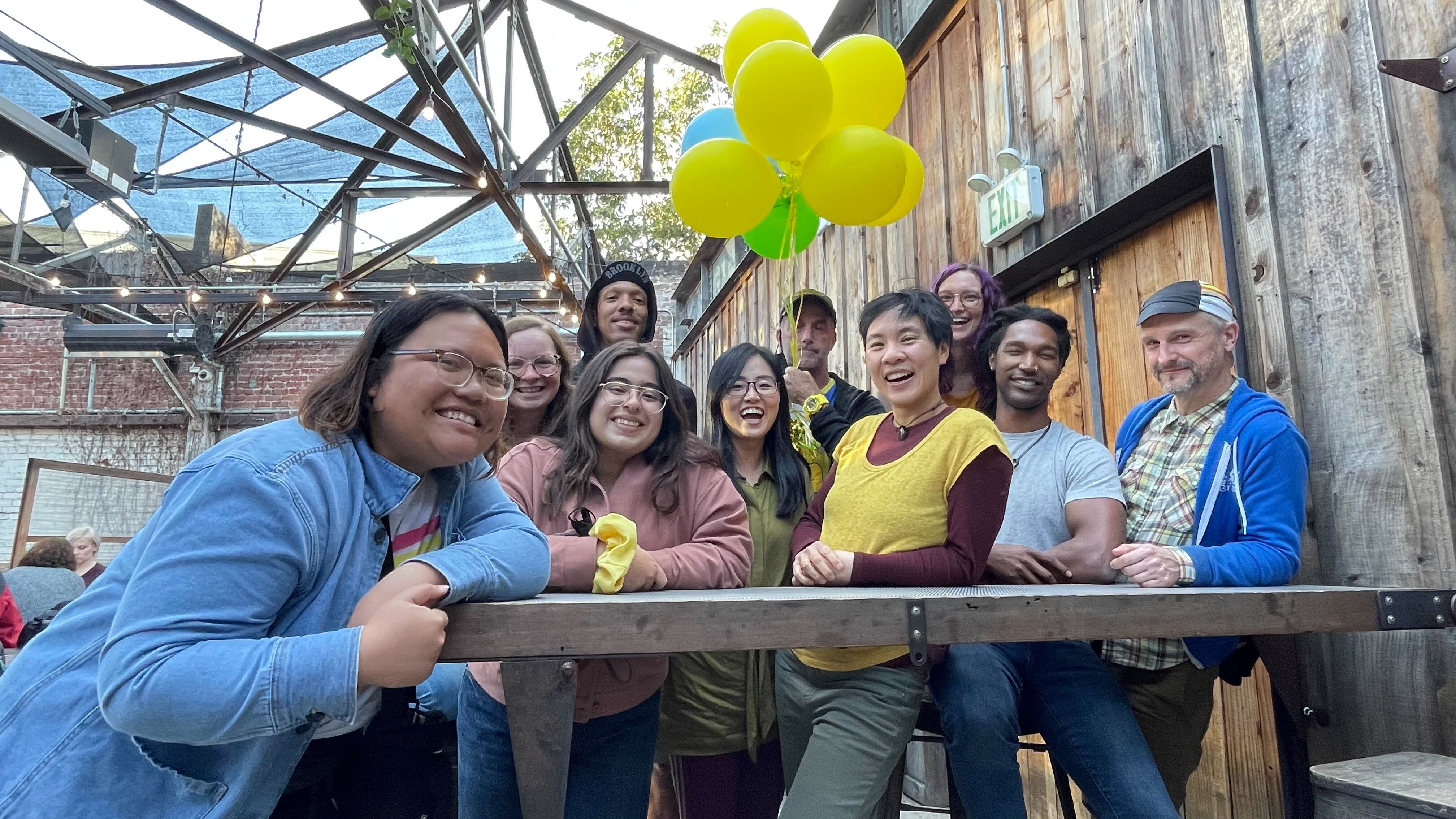
A few more pics of the ride below:
